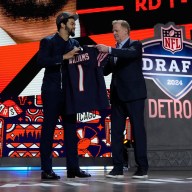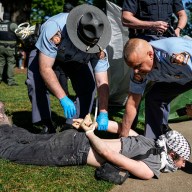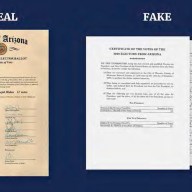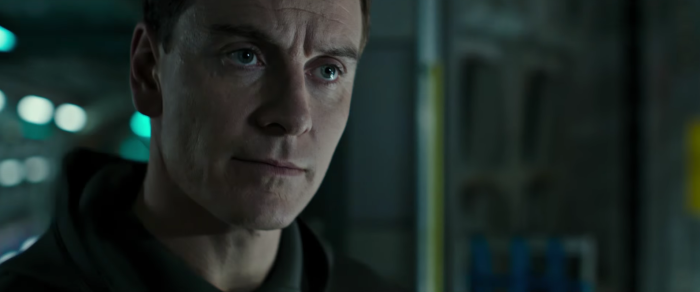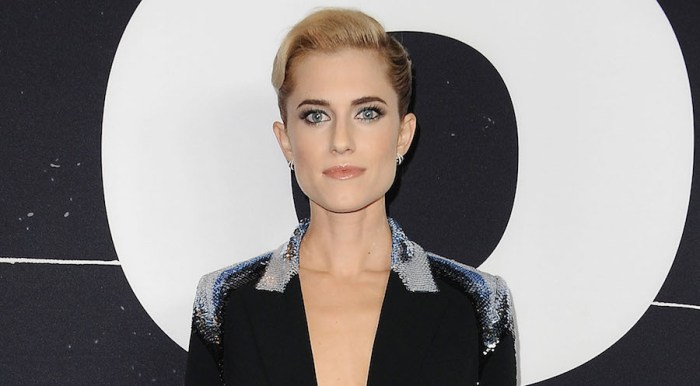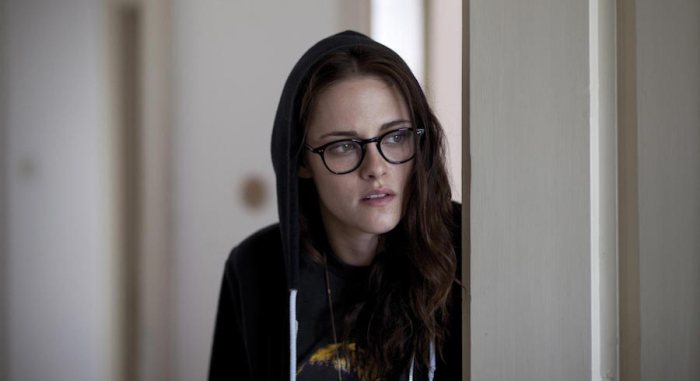Martin Scorsese isn’t someone you imagine wracked with doubt. His films — especially “Goodfellas,” “Casino” and “The Wolf of Wall Street” — are confident bursts of electricity, every little piece perfectly in place. But it took around two decades for him to realize how to make a film of “Silence,” Shusaku Endo’s beloved 1966 novel, about Jesuit priests from Portugal who journey to 17th century Japan, where authorities have deemed Christianity punishable by death. He first read Endo’s novel in the late ’80s, while shooting a sequence in Akira Kurosawa’s “Dreams.” “I wanted to make it, but I didn’t know how,” Scorsese says. “It’s taken about 20 years to reach this form. I didn’t know how to translate it into images. It took many years to reread the book, make notes all the way through — and ultimately make a lot of other pictures.” The result is a complete gear-shift from the keyed-up “The Wolf of Wall Street.” “Silence” — starring Andrew Garfield and Adam Driver as his main priests and Liam Neeson as another, who already “apostatized,” or denounced his lord — is the most serene film the filmmaker has ever made. Even when Japanese converts are being crucified at sea or burned alive, the images are calm and restrained. “That was one thing I realized over the years: that this particular subject matter didn’t necessarily need a very aggressive visualization, so to speak,” the director says.
RELATED: Review: “Silence” finds Martin Scorsese trying something new (and great) The slow pace — which easily fills its 161 minutes (19 whole minutes shorter than “Wolf”) — also asks viewers to contemplate the same issues as its heroes. In the film’s second half, Garfield’s Rodrigues finds himself captured and told he must renounce his faith by stepping on a “fumie,” a bronze plaque bearing the face of Jesus. Throughout, he wrestles with what he’s doing: if God is indeed there, if apostatizing is indeed just a formality, even if the Japanese authorities have a point that these Western priests, out to tell foreigners that their religion is the wrong one, are simply arrogant. It’s far from the first time a Scorsese film has dealt with what true faith means. “That has always been foremost in my mind, no matter what I’ve done,” Scorsese explains. “Even going back to ‘Mean Streets,’ the opening line is, ‘You don’t make up for your sins in the church; you do it in the street and in the home. All the rest is nonsense.’ Meaning that you don’t separate religion when you go into the building, then you go outside and behave differently. The struggle is outside.” Scorsese is among the last of the great titans of 1970s filmmaking who still command sizeable budgets. Indeed, one of the only reasons he was able to make “Silence,” on a whopping $50 million budget, is because “The Wolf of Wall Street” was a massive (and maybe improbable) hit. But even he’s feeling gloomy about the times. “I haven’t seen that many modern movies over the last two or three years. I just stopped, because the images don’t mean anything. We’re just completely saturated with images that don’t mean anything. Words certainly don’t mean anything; they’re twisted and turned,” Scorsese says. “So where’s the meaning? Where’s the truth?” he asks. Scorsese’s answer: “Like Rodrigues, we have to learn to let go of the self, to start anew. It goes back to that question I had in ‘Mean Street’: How do you live a good life, that is filled with meaning and compassion and respect for others, in a world like today? Maybe that’s why it took 25 years to be able to understand how to approach this script and this film. There is no meaning until you give it meaning.”
Martin Scorsese on ‘Silence’ and not watching modern movies
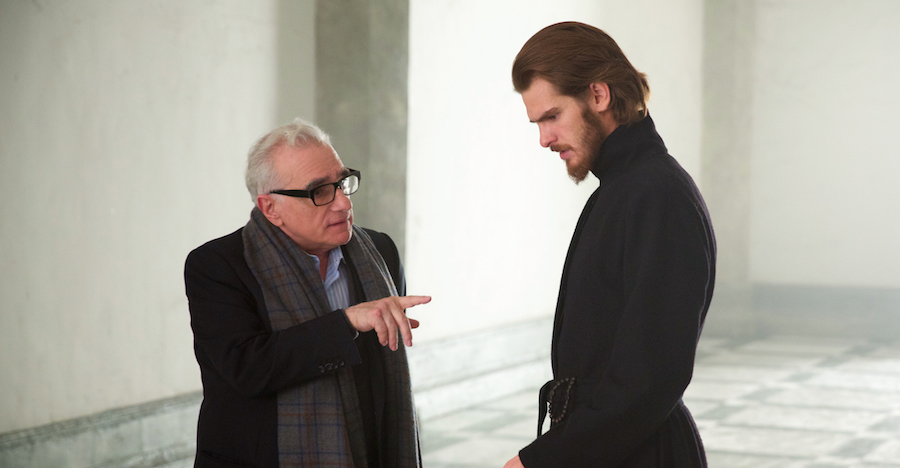
Kerry Brown
Follow Matt Prigge on Twitter @mattprigge





